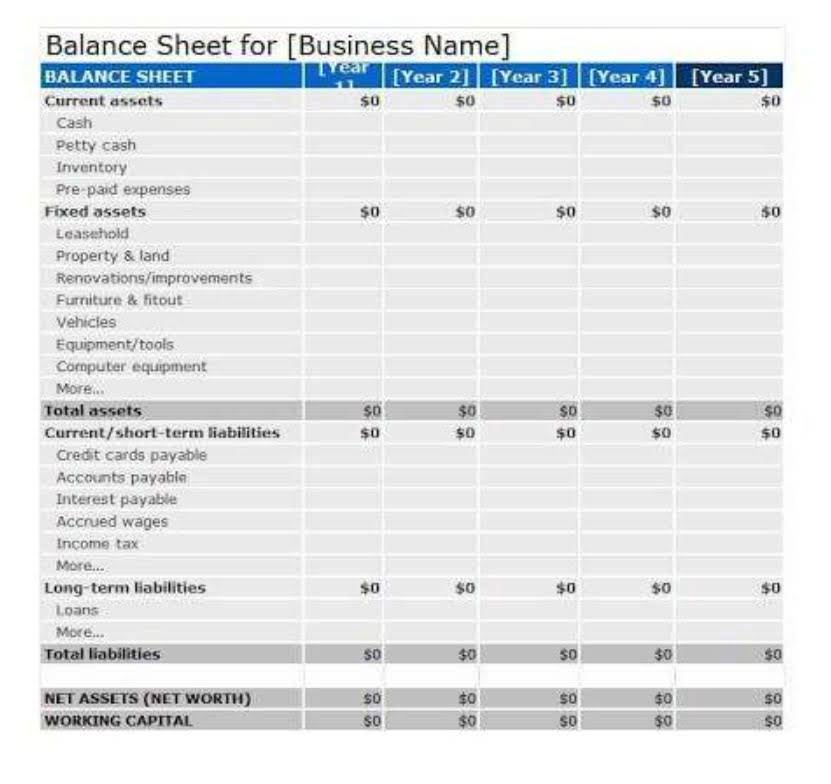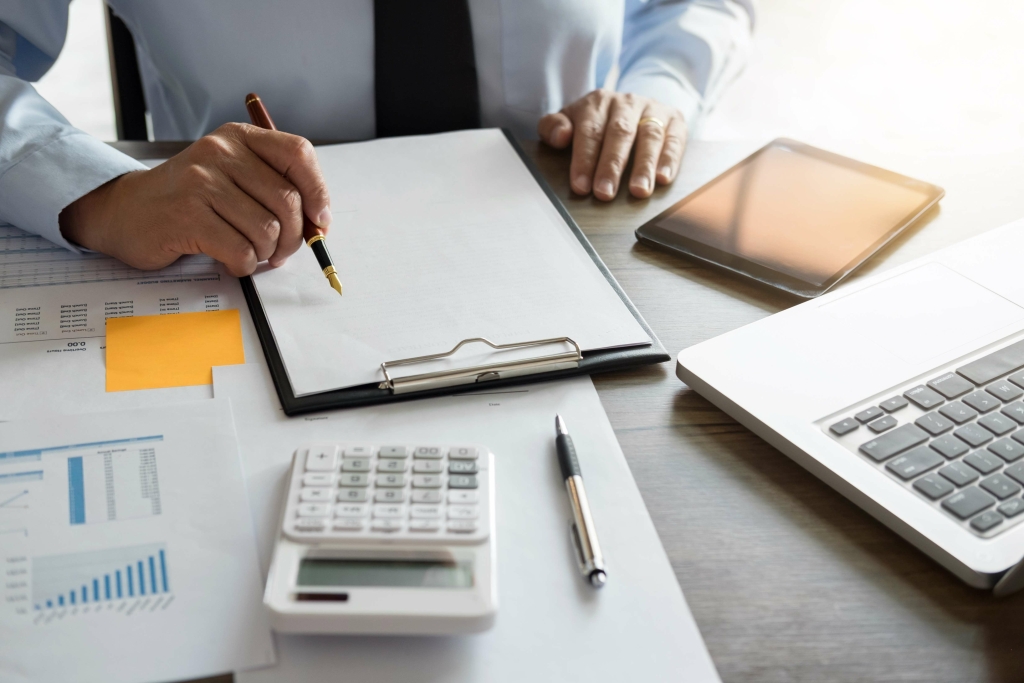
Some of its receivables might not be included in the current assets account if a business makes sales by offering longer credit terms to its customers. Financial assets and liabilities of a long-term nature are divided into current/non-current portions based on the maturity of cash flows (IAS 1.68, 72). This disclosure is intended to facilitate the evaluation of an entity’s liquidity and solvency. Assets and liabilities in accounting are two significant terms that help businesses keep track Budgeting for Nonprofits of what they have and what they have to arrange for.
What Is the Current Ratio?
- The additional column allows the reader to see how the most recent amounts have changed from an earlier date.
- Also, to review accounts payable, youcan also return to Merchandising Transactions for detailed explanations.
- Wages payable, services consumed but yet to be paid etc. are some of the examples.
- Unlike other metrics, the Cash Ratio focuses on only cash and cash equivalents and depicts whether the company has enough cash to cover its current liabilities.
- While capital is not considered a liability, it does have an impact on a company’s financial health and ability to meet its obligations.
- To understand current liabilities better, let’s explore two detailed examples with journal entries that illustrate how these liabilities are recorded and managed in a business setting.
Current Liabilities for any year include all those financial obligations which are required to be paid within a period of 12 months or within the normal operation cycle i.e. cash conversion cycle. Hence, to calculate Current Liabilities, first of all, an enterprise shall segregate all its liabilities between Current and Non-current Liability and then add the individual balance of Current liabilities. Similarly, a checking account that would normally be classified as a current asset except that is showing a credit balance (overdrawn) would be shown as a short-term debt to the bank. This value shows how well a company manages its balance sheet and whether it has enough current assets to pay off its current debts.
- However, such liabilities are commonly met using the profits, investment income, or liquidity obtained from new loan agreements.
- In the retail industry, the current ratio is usually less than 1, meaning that current liabilities on the balance sheet are more than current assets.
- For the past 52 years, Harold Averkamp (CPA, MBA) hasworked as an accounting supervisor, manager, consultant, university instructor, and innovator in teaching accounting online.
- For instance, a company has $3,200 in payroll taxes withheld from employees that need to be paid to the tax authority by the end of the month.
- Journal EntryAt the end of the month, XYZ Corp records the following journal entry to recognize the salary expense and the liability.
Current portion of long-term debt
Depending on the company, you will see various other current liabilities listed. retained earnings balance sheet In some cases, they will be lumped together under the title “other current liabilities.” Learn more about how current liabilities work, different types, and how they can help you understand a company’s financial strength. A class of corporation stock that provides for preferential treatment over the holders of common stock in the case of liquidation and dividends. For example, the preferred stockholders will be paid dividends before the common stockholders receive dividends.

Payroll Taxes Payable

Effective management of current liabilities ensures smooth financial operations and maintains liquidity for meeting short-term obligations. In a company’s balance sheet, there are certain obligations that would become paid after a period of twelve months. These obligations are non-current liabilities, which are also known liabilities in accounting as long-term liabilities.

Some common unearnedrevenue situations include subscription services, gift cards,advance ticket sales, lawyer retainer fees, and deposits forservices. Under accrual accounting,a company does not record revenue as earned until it has provided aproduct or service, thus adhering to the revenue recognitionprinciple. Until the customer is provided an obligated product orservice, a liability exists, and the amount paid in advance isrecognized in the Unearned Revenue account. As soon as the companyprovides all, or a portion, of the product or service, the value isthen recognized as earned revenue. However, sometimes, some companies plan to refinance and convert their current obligations into long term liabilities list.

Unearned Revenue
You might find some of the same asset accounts under current assets and noncurrent assets on a balance sheet because those same types of assets might be tied up for a longer period. They might include a marketable security that can’t be sold in one year or that would be sold for much less than its purchase price. Current assets include cash, cash equivalents, accounts receivable, stock inventory, marketable securities, and prepaid liabilities.
